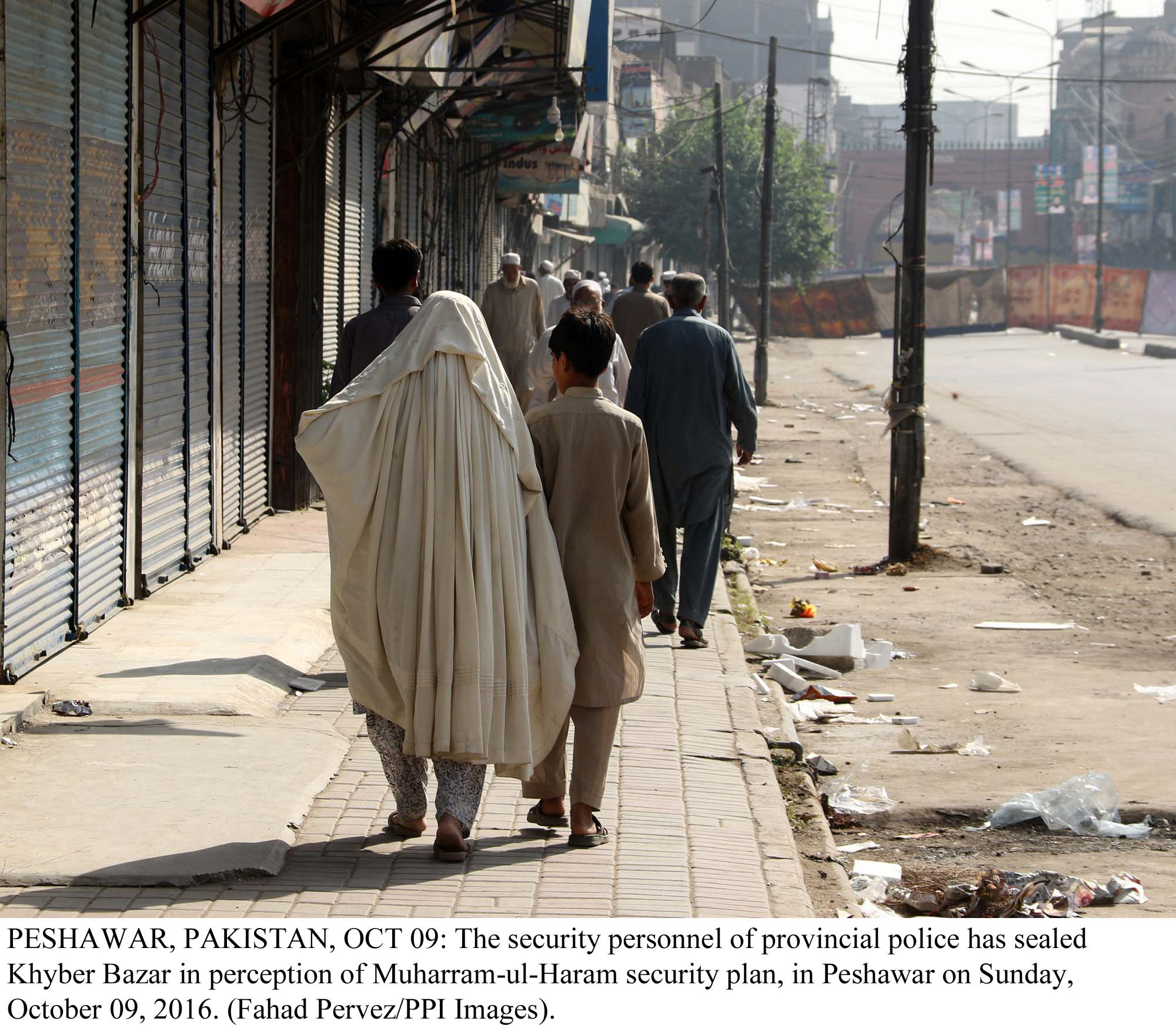
Overall, however, life expectancy for women has increased in the country while those for men have decreased.
A new global study launched last week showed that the annual ratio (per 100,000 live births) maternal and child deaths in Pakistan had fallen by just 0.5 per cent from 391.5 to 348.6 from 1990 to 2015. However, in absolute terms, the deaths increased from 16,973 to 19,005 per year from 1990 to 2015.
With new laws, Pakistan one step closer to curbing rape, honour killing of women
Mortality in children under the age of five has also decreased by an annual rate of just two per cent in the same period.
The Global Burden of Diseases, Injuries, and Risk Factors Study (GBD) was conducted by the Institute for Health Metrics and Evaluation (IHME) at the University of Washington, in Seattle, and published in a dedicated issue of The Lancet Journal.
The research, to which over 1,800 collaborators in over 120 countries contributed, provides an indepth analyses of causes of death, maternal mortality, death of children under the age of five, overall disease burden and life expectancy, years lived with disability, and the risk factors that lead to health loss.

source: Global Burden of Diseases, Injuries, and Risk Factors Study ILLUSTRATION: TALHA KHAN
“The rate of maternal deaths has declined while actual number seems higher reflecting higher population growth, limited [government] interventions and increase in skilled care and facilitated births in many provinces,” said Professor Zulfiqar Bhutta, founding Director of Centre of Excellence in Women and Child Health at The Aga Khan University.
Govt striving to bring 3m kids back to schools
“There has been a 0.5 per cent reduction in maternal mortality rate in the past years that is minimal, it should be at least two per cent,” he stated.
In much of the world, giving birth is safer for mothers and newborns than it has been over the past 25 years, the study says. The number of maternal deaths globally dropped an average of 29 per cent since 1990, and the ratio of maternal deaths fell 30 per cent, from 282 per 100,000 live births in 1990 to 196 in 2015.
However, 24 countries still have, what population health experts consider, to be high rates of maternal mortality of over 400 deaths per 100,000. These include Central African Republic (1,074 deaths per 100,000), Afghanistan (789 per 100,000), and Sierra Leone (696 per 100,000).
Such levels of maternal deaths underscore the need for reproductive health improvements in those three nations and other countries that lag behind the United Nations’ goal to have fewer than 70 deaths per 100,000 live births by 2030.
The study suggests that countries should focus on increasing access to family planning, better routine reproductive healthcare, and improved data collection systems.
Professor Bhutta, said that Pakistan lags behind others in reducing child mortality rates.
In India, Bangladesh and Nepal the percentage of decrease in child deaths has been around five per cent. But in Pakistan this stood at 2.3 per cent. The MDG4 also called for countries to decrease under 5 mortality by an annual rate of 4.4 percent.
Top causes of death
The study says ischemic heart disease, cerebrovascular disease, neonatal encephalopathy, lower respiratory infect, and chronic obstructive pulmonary disease were the top five causes of deaths in Pakistan.
Malala urges world leaders to act for refugee children
Diseases such as iron-deficiency anemia, low back and neck pain, sensory organ diseases, depressive disorders, skin diseases cause hindrance to normal living.
Life expectancy for females has increased from 63.2 years to 67.3 from 2005 to 2015 in Pakistan while for men it increased from 61.3 to 64.5 from 2005 to 2015.
Published in The Express Tribune, October 10th, 2016.



1732626034-0/BeFunky-collage-(92)1732626034-0-165x106.webp)



1732621030-0/Express-Tribune-(7)1732621030-0-270x192.webp)
1732622842-0/Express-Tribune-(9)1732622842-0-270x192.webp)

1725254039-0/Untitled-design-(24)1725254039-0-270x192.webp)






COMMENTS (2)
Comments are moderated and generally will be posted if they are on-topic and not abusive.
For more information, please see our Comments FAQ